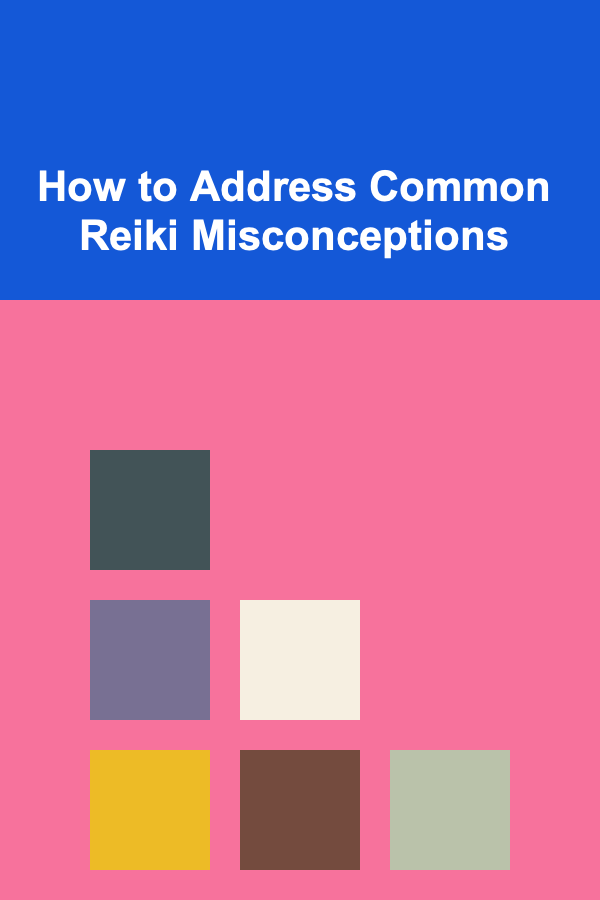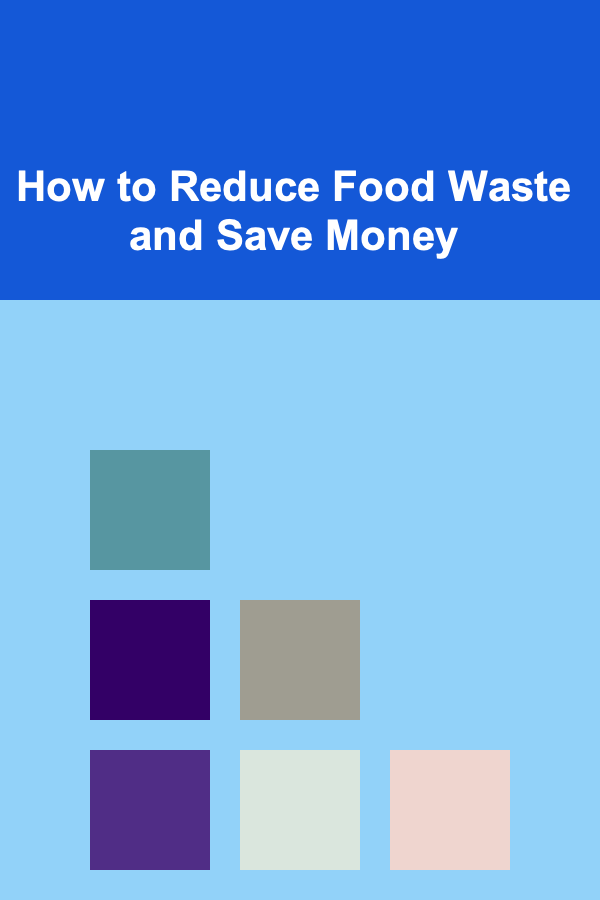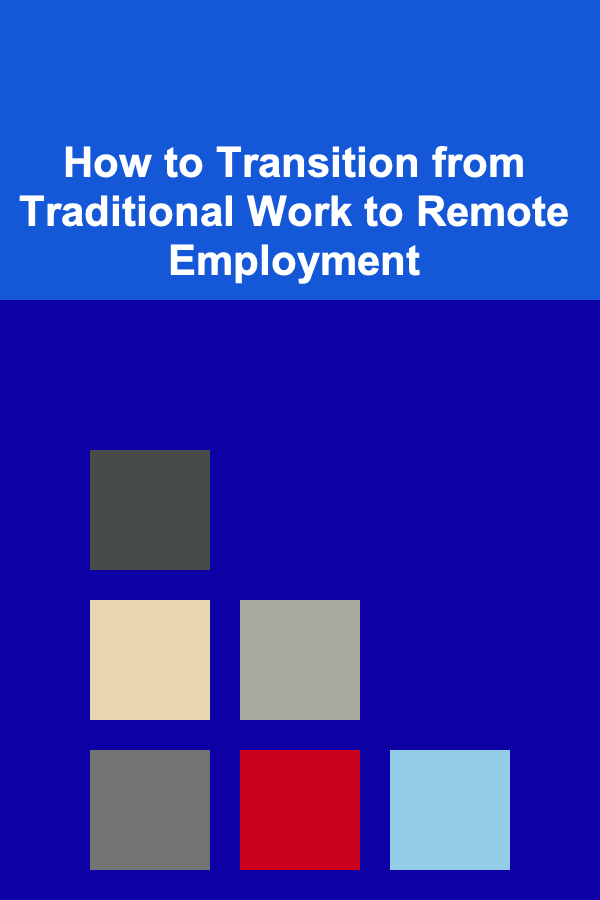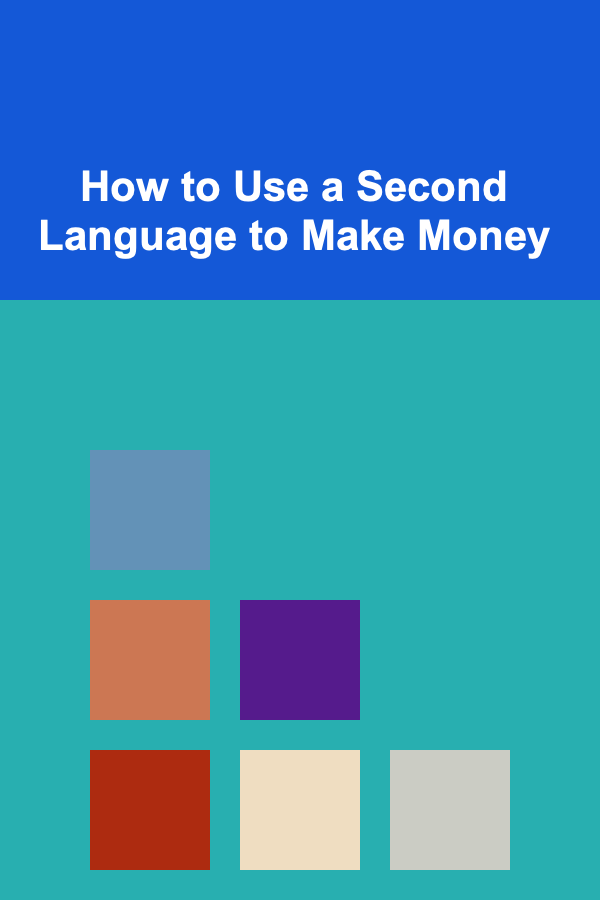
How to Address Common Reiki Misconceptions
ebook include PDF & Audio bundle (Micro Guide)
$12.99$8.99
Limited Time Offer! Order within the next:

Reiki is a spiritual healing practice that has gained increasing popularity in the Western world, but it has also been the subject of numerous misconceptions. Some view it with skepticism, others with curiosity, and many struggle to understand its true nature and purpose. As a result, misinformation can spread, leading to confusion and misunderstanding about what Reiki is, how it works, and what it can or cannot do. In this article, we will explore and address some of the most common misconceptions about Reiki, providing clarity and insight into the practice, its benefits, and its limitations.
What is Reiki?
Before diving into the misconceptions, it is important to understand the basics of Reiki itself. Reiki is a Japanese healing technique that involves the transfer of universal life energy, known as "ki" or "chi," through the hands of a practitioner. The practice is based on the belief that this energy can be harnessed to promote physical, emotional, and spiritual healing. Reiki practitioners use their hands to channel this energy to the recipient, helping to restore balance and harmony in the body and mind.
Reiki is a gentle, non-invasive practice that can be used in conjunction with other forms of medical treatment. It is not a substitute for conventional medicine, but rather a complementary therapy designed to enhance overall well-being. The practice is often used to reduce stress, alleviate pain, and promote relaxation, making it a popular choice for individuals seeking a holistic approach to healing.
Misconception #1: Reiki is a Religious Practice
One of the most common misconceptions about Reiki is that it is a religious practice. While Reiki has its roots in Japan and was developed by Mikao Usui in the early 20th century, it is not associated with any specific religion or belief system. Reiki is a spiritual practice, but it is not tied to any particular faith or dogma.
In fact, Reiki can be practiced by people of all religious backgrounds or by those who do not follow any religion at all. The focus of Reiki is not on worship or religious rituals, but on the healing and balancing of the body's energy. Reiki practitioners often emphasize that the practice is about connecting with the universal life force energy that flows through all living things, rather than adhering to a set of religious beliefs.
For those who practice Reiki, it can be seen as a tool for personal growth, self-care, and spiritual development. While some Reiki practitioners may incorporate meditation or other spiritual practices into their sessions, Reiki itself is not dependent on any religious ideology. It is a universal practice that can be used by anyone, regardless of their spiritual or religious views.
Misconception #2: Reiki is Just "Placebo" and Doesn't Have Real Effects
Another common misconception about Reiki is that its effects are merely the result of a placebo effect. The placebo effect occurs when a person experiences a perceived improvement in their condition simply because they believe the treatment will work, rather than because of any actual physiological change.
While it is true that belief plays a role in the healing process, Reiki is not simply a placebo. Many people who receive Reiki report experiencing tangible benefits, such as reduced stress, pain relief, and emotional healing. These effects are not solely attributed to the person's belief in the treatment but are the result of the energy transfer facilitated by the practitioner.
Numerous studies have been conducted to explore the potential therapeutic effects of Reiki. While research is still ongoing, there is evidence suggesting that Reiki can have positive effects on a range of health conditions. For example, some studies have shown that Reiki can help reduce anxiety, improve sleep quality, and alleviate pain in patients with chronic conditions. These results indicate that Reiki is more than just a placebo and can have real, measurable effects on health and well-being.
Furthermore, Reiki is often described as a complementary therapy, meaning it is used alongside traditional medical treatments to support the body's natural healing processes. It is not intended to replace conventional medicine, but rather to work in harmony with it to promote overall wellness. This highlights the importance of Reiki as a therapeutic tool, rather than merely a psychological or placebo-based treatment.
Misconception #3: Reiki is Only for Physical Healing
Many people believe that Reiki is only useful for physical ailments, such as chronic pain or injuries. While Reiki can certainly help with physical healing, its benefits extend far beyond the physical body. Reiki is a holistic practice that addresses the mind, body, and spirit, and it is effective in promoting emotional and mental well-being as well.
Reiki can help individuals who are struggling with stress, anxiety, depression, and other emotional challenges. It is often used as a tool for emotional release, helping people to let go of negative emotions, traumas, or past experiences that may be holding them back. Reiki practitioners believe that the flow of energy in the body can become blocked or disrupted due to emotional imbalances, and that Reiki can help to clear these blockages and restore harmony.
In addition to emotional healing, Reiki is also used for spiritual growth and personal development. Many Reiki practitioners report experiencing a heightened sense of awareness, inner peace, and connection to their higher self or the universe after receiving Reiki treatments. This spiritual aspect of Reiki can help individuals deepen their understanding of themselves and their place in the world.
Misconception #4: Reiki is Only for "Healers" or Practitioners
Another common misconception is that Reiki is only for those who are trained as practitioners or healers. While it is true that becoming a Reiki practitioner requires formal training and initiation, Reiki is a practice that can be learned and practiced by anyone. In fact, many people use Reiki on themselves to promote self-healing and relaxation.
Reiki is often taught in levels, with each level representing a deeper understanding of the practice and its energy. The first level, known as Reiki I, focuses on self-healing and learning to channel energy to others through the hands. The second level, Reiki II, introduces symbols and mantras that help enhance the practitioner's ability to direct energy for healing. The third level, Reiki III, is the master level, where practitioners learn advanced techniques and gain the ability to teach and initiate others into Reiki.
While it is essential to receive proper training to become a Reiki practitioner, anyone can benefit from Reiki by learning the basics of the practice. Self-Reiki, or practicing Reiki on oneself, is an effective way to promote relaxation, reduce stress, and support overall well-being. Many people incorporate self-Reiki into their daily routine as a way to maintain balance and harmony in their lives.
Misconception #5: Reiki Works Only in Person
Some individuals mistakenly believe that Reiki can only be effective when practiced in person. While in-person Reiki sessions are certainly popular and provide a direct, hands-on healing experience, Reiki can also be performed at a distance, known as distance Reiki or remote Reiki.
Distance Reiki is based on the idea that energy is not limited by time or space. Reiki practitioners believe that energy can be transmitted across long distances, allowing them to send healing energy to a person who is not physically present. This concept is rooted in the understanding that everything is interconnected, and that energy can flow freely, regardless of physical boundaries.
Many people who receive distance Reiki report experiencing similar benefits to in-person sessions, including relaxation, stress reduction, and emotional healing. Distance Reiki can be especially helpful for individuals who are unable to visit a practitioner in person due to geographical limitations or physical health challenges.
Misconception #6: Reiki Is a Quick Fix for Serious Illnesses
Reiki is often misunderstood as a quick and easy fix for serious medical conditions. While Reiki can provide significant relief and promote healing, it is important to recognize that it is not a substitute for medical treatment. Reiki is most effective when used as a complementary therapy, supporting the body's natural healing processes rather than replacing traditional medical care.
For individuals with serious illnesses, Reiki can help alleviate symptoms such as pain, fatigue, and anxiety, but it is not a cure for conditions such as cancer, heart disease, or other serious medical issues. It is essential for individuals to consult with their healthcare providers and follow the appropriate medical treatments for their conditions, while using Reiki as an additional support tool to enhance their overall well-being.
It is also important to note that Reiki is a gentle, non-invasive therapy, and results may take time. Healing is a process, and Reiki practitioners encourage patience and consistency in order to experience the full benefits of the practice. While Reiki can provide immediate relief from stress or discomfort, its most profound effects are often experienced over time as the body and mind gradually restore balance and harmony.
Misconception #7: Reiki Can Be Harmful or Dangerous
Some people fear that Reiki can be harmful or cause negative side effects. This misconception often stems from a lack of understanding about the practice and its principles. Reiki is a safe and non-invasive healing modality that does not involve the use of any drugs, chemicals, or physical manipulation. It is based on the transfer of energy, which is intended to promote healing and balance, not to cause harm.
In fact, Reiki is considered to be one of the safest complementary therapies available. Because it is non-invasive and gentle, there are very few risks or side effects associated with Reiki. In some cases, individuals may experience a mild detoxification effect after a Reiki session, which may include temporary fatigue, headaches, or emotional release. These reactions are usually short-lived and are seen as a positive sign that the body is releasing blocked energy and healing.
It is important to note that Reiki should be practiced by a trained and experienced practitioner to ensure that the energy transfer is conducted safely and effectively. When performed correctly, Reiki is a healing modality that supports well-being without causing harm.
Conclusion
Reiki is a powerful and transformative practice that can benefit individuals seeking to improve their physical, emotional, and spiritual well-being. However, like many alternative healing practices, it is often misunderstood or misrepresented. By addressing these common misconceptions, we hope to provide a clearer understanding of Reiki and its role in promoting holistic health.
Reiki is not a religious practice, but a spiritual one that can be practiced by anyone, regardless of faith. It is not a placebo effect, but a legitimate therapeutic technique with real, measurable benefits. Reiki is not limited to physical healing, but can also address emotional and spiritual imbalances. And while Reiki practitioners are trained, anyone can learn and practice Reiki for personal self-care.
Ultimately, Reiki is a safe and gentle practice that can complement traditional medical care, offering individuals a holistic approach to healing and well-being. By embracing Reiki's true nature, we can fully appreciate its potential to bring balance, relaxation, and healing into our lives.
Reading More From Our Other Websites
- [Home Lighting 101] How to Design Effective Landscape Lighting for Your Yard
- [Personal Investment 101] Building Passive Income through AI-Based Software Solutions
- [Organization Tip 101] How to Use Color Psychology to Influence Buyers
- [Home Space Saving 101] How to Keep Your Home Organized and Maximize Space at the Same Time
- [Organization Tip 101] How to Use a Checklist for Effective Home Inventory Management
- [Simple Life Tip 101] Best Low‑Tech Solutions for Organizing a Home Office in a Simple‑Lifestyle Living
- [Personal Finance Management 101] How to Manage an Inheritance Without Ruining Your Finances
- [Organization Tip 101] How to Declutter Your Shoe Collection Without Guilt
- [Organization Tip 101] Top Considerations When Installing a Farmhouse Sink in Your Kitchen
- [Personal Care Tips 101] How to Experiment with Perfume Notes to Find the Right Scent

How to Reduce Food Waste and Save Money
Read More
How to Sell Vintage Clothing on Depop: A Comprehensive Actionable Guide
Read More
How to Transition from Traditional Work to Remote Employment
Read More
How to Use a Second Language to Make Money
Read More
How to Use Deep Learning to Make Money in the Data Science Field
Read More
10 Tips for Maintaining Horse Pasture Health: A Seasonal Checklist
Read MoreOther Products

How to Reduce Food Waste and Save Money
Read More
How to Sell Vintage Clothing on Depop: A Comprehensive Actionable Guide
Read More
How to Transition from Traditional Work to Remote Employment
Read More
How to Use a Second Language to Make Money
Read More
How to Use Deep Learning to Make Money in the Data Science Field
Read More